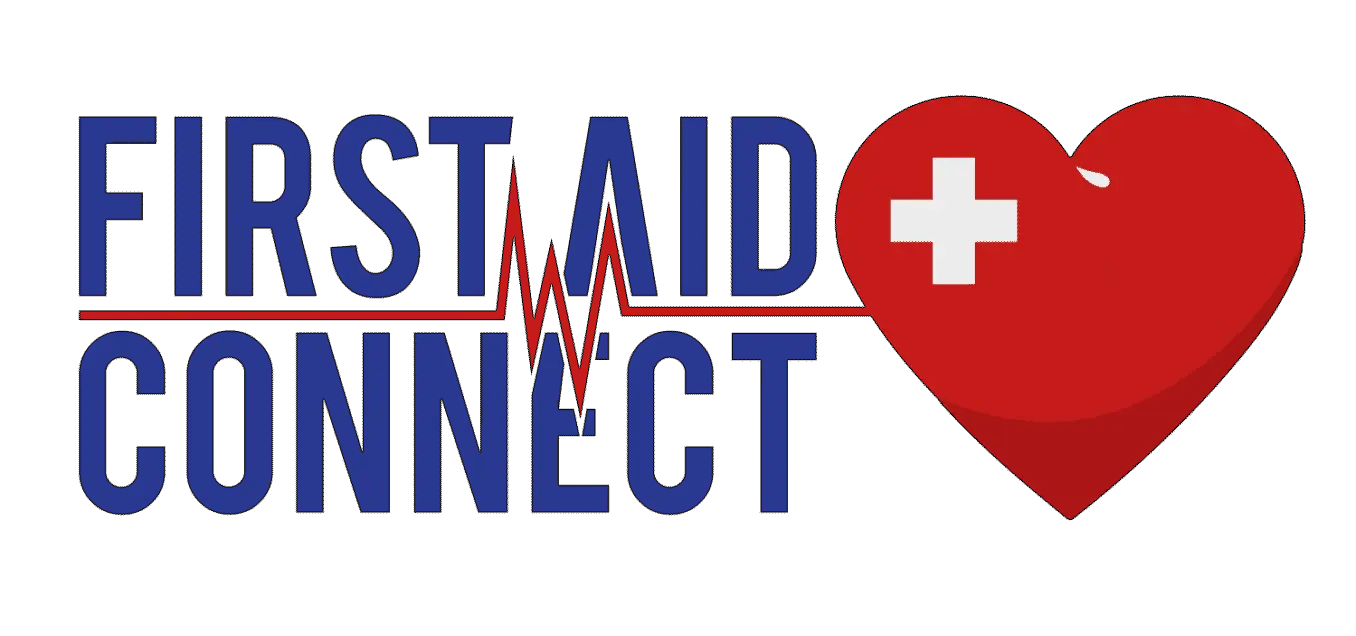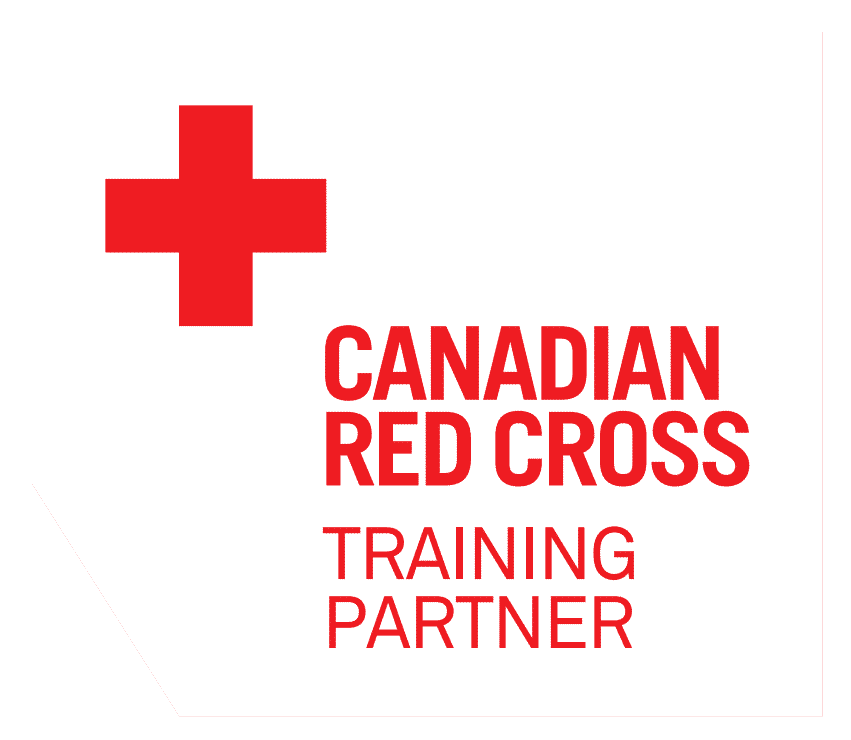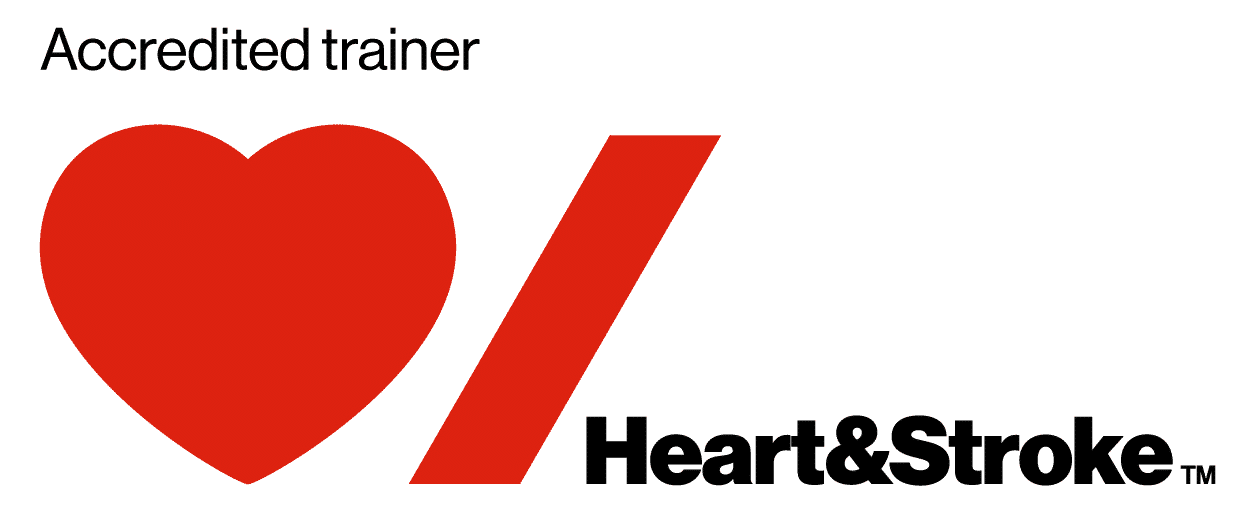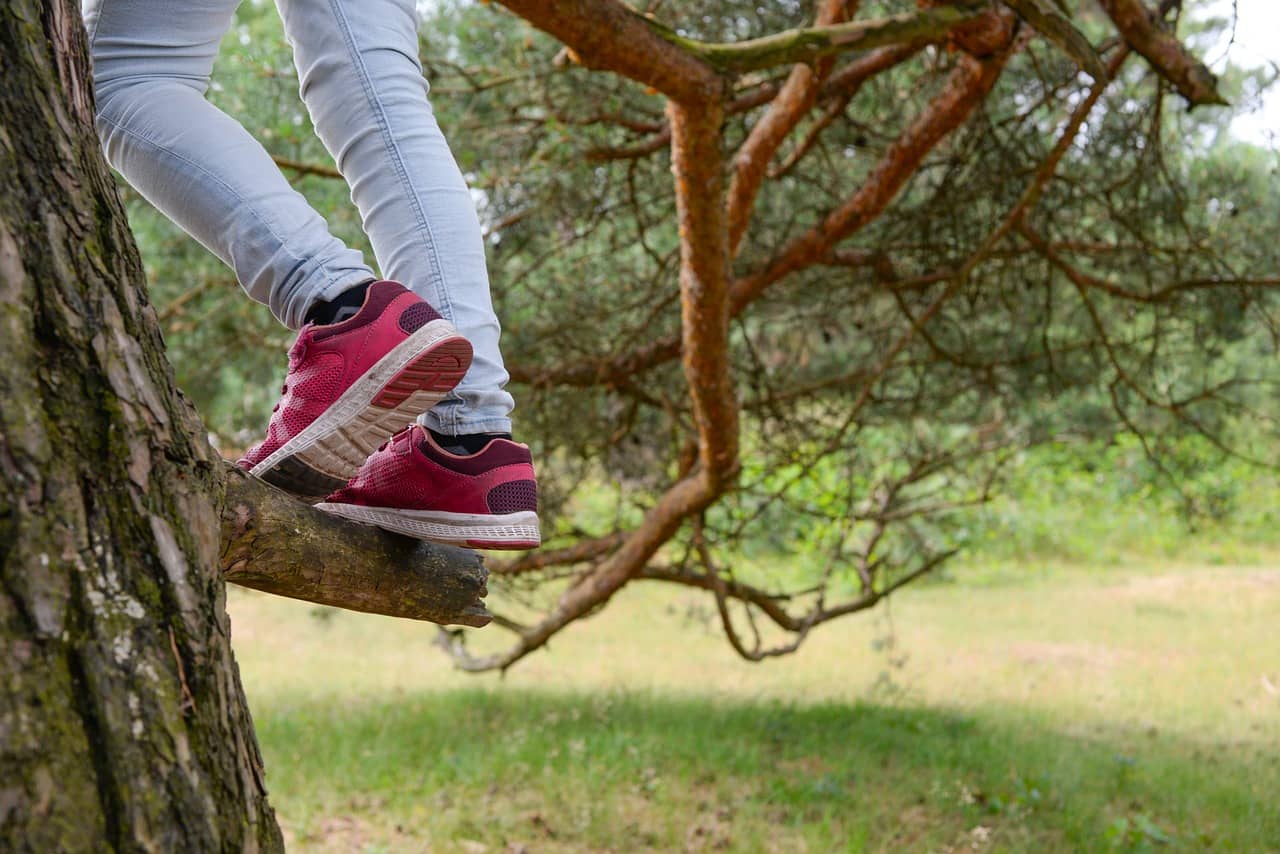





First Aid for Parents: Essential Tips for Managing Common Childhood Injuries
Introduction
Many of us at First Aid Connect are parents, so we understand first hand how difficult being a parent can be! We had one of our instructors write up a short guide for the most common childhood injuries in Canada according to research done by the government of Toronto (Toronto Child Safety). While this guide is a good source of information, we encourage any parent, grandparent, or family member to attend one of our courses to learn how to apply these skills in emergency situations. A small investment to be able to take care of those around us in an emergency situation! Sign up for one of our courses today, or read more on how to manage the common childhood injuries.
What are the Basics of First Aid
Before addressing specific injuries, it's essential to know the basic principles of first aid: ensuring the safety of the environment, comforting the child, providing appropriate treatment, and understanding when to seek professional medical help. Preparation is the biggest factor that impacts the outcome of an emergency. As a parent, you can protect and keep your child safe by educating and training yourself in the basics of first aid. Remember that even though we have 911 and other resources, many times we are forced to deal with the emergency by ourselves at the start of the emergency, or sometimes, for the entire length. Training in first aid is a lifelong process that includes ongoing training and education, we invite you to start that process with us today!
Treating Cuts and Scrapes
Small cuts and scrapes are some of the most common first aid occurrences that many of us have to deal with on a daily basis. Although it may seem simple to treat, it's important to follow certain guidelines to protect yourself and your loved ones. Injuries should be given proper attention or they could develop into something worse through infection or irritation. These are the steps to follow for minor cuts and scrapes:
- There is usually minimal bleeding with cuts and scrapes, but if the wound is bleeding significantly, apply direct pressure until it stops.
- If possible, rinse the wound for 5 minutes with clean, running tap water.
- If an antibiotic ointment or cream is available, ask the person if he or she has a sensitivity to any antibiotics, such as penicillin. If not, suggest the person apply it to the wound.
- Cover the wound with a sterile non-stick dressing and/or bandage.
- Ensure that the person knows to watch for signs of infection over the next few days.
Managing Bruises and Sprains
Kids are always moving and have a tendency to bump and fall into just about everything or anything. While it is important to supervise your kids always, many small accidents happen that we can not prevent, it's important to be able to help your child. Sprains and fractures can happen at any time. Many people tend to mix up these kinds of injuries, so before explaining the treatment method, here's a quick breakdown of some key differences:
- Strain: The stretching or tearing of muscles or tendons.
- Sprain: The stretching or tearing of ligaments at a joint.
- Dislocation: The movement of a bone out of its normal position at a joint.
- Fracture: A chip, crack, or any type of break in a bone.
Although common, sometimes it can be hard to identify a sprain or a fracture. Some things to look out for include deformity, swelling, or bruising, limited or no use of the injured body part, or bone fragments sticking out of the skin. Immobilize the injured area if you suspect a sprain or fracture. Apply a cold pack to reduce swelling and pain. For sprains, remember the RICE method: Rest, Immobilize, Cool, Elevation. If the victim must be moved due to an emergency, then it is suggested to make a sling or a splint to facilitate safer movement. Splinting and slinging skills + many more are covered in our Standard First Aid training course here!
Handling Burns and Scalds
In case of minor burns, run cool (not cold) water over the area or apply a cool compress for about 10 minutes. Cover the burn with a sterile, non-stick dressing. Serious burns (2nd and 3rd degree) require careful and quick care in addition to medical attention as a child's skin can burn up to 4 times faster than an adults.
Responding to Choking and Breathing Emergencies
Kids are particularly at risk of choking. It is important that you educate your children about the risks of choking and to advise them to be cautious. Oftentimes, this familiarity causes us to let our guard down and underestimate the dangers that surround choking, particularly for children. An estimated 44 children under the age of 14 die every year in Canada from choking, suffocation and strangulation, and another 380 are hospitalized for serious injuries. (Parachute Canada Choking Statistics). Choking and suffocation are responsible for almost 40% of unintentional injuries in infants under the age of one in Canada (Canadian Paediatric Society). Almost all choking deaths and injuries are preventable. To make sure you are prepared to assist during a choking emergency, its important for us to know and be able to tell the difference between the two different kinds of choking - complete vs partial. If the victim is still able to cough, that means they are only partially choking. However, once they stop coughing, that is a strong indicator that they have entered complete choking.
For partial choking:
- Encourage the victim to keep coughing
- Encourage or assist the person to sit upright, if possible, as this will make coughing easier and more effective.
- Stay nearby in case the situation escalates, and assistance is needed
- Do not use complete choking care techniques, as they will be ineffective
For complete choking:
- Try to dislodge the object by combining any two of the following three options: back blows, abdominal thrusts, and chest thrusts. Continue alternating between the two methods until the object comes out, the person begins to breathe, or the person becomes unresponsive.
First Aid Kit Essentials for Parents
Prevention and preparation is the key to any successful emergency response. We highly encourage you to regularly do check ups on your first aid kits. It's important that all household members are aware of the location of a first aid kit and familiar with its contents. You can buy pre made first aid kits from a trusted seller or make your own kit at home. If you need help making a first aid kit, Canadian Red Cross courses go over different kinds of first aid kits and how to prepare your own! A first aid kit should contain the following:
- Emergency telephone numbers for EMS/9-1-1, your local poison control centre, and your personal doctors
- Home and office phone numbers for family members, friends, or neighbours who can help
- Sterile gauze pads (dressings) in small and large squares to place over wounds
- Adhesive tape
- Roller and triangular bandages to hold dressings in place or to make an arm sling
- Adhesive bandages in assorted sizes
- Scissors
- Tweezers
- Safety pins
- Instant ice packs
- Disposable non-latex gloves, such as surgical or examination gloves
- Flashlight, with extra batteries in a separate bag
- Antiseptic wipes or soap
- Pencil and pad
- Emergency blanket
- Eye patches
- Thermometer
- Barrier devices, such as a pocket mask or face shield
- Canadian Red Cross first aid manual
Learning CPR and First Aid Skills
Taking initiative and learning CPR and First Aid Skills will help parents feel more prepared and aware of the steps to take during an emergency. If you are located in the Ottawa region, we welcome you to come take a course with First Aid Connect. Many members of our community choose to take these courses to help prepare for a new child of their own, nieces or nephews, or just in case! You never know when these skills will come in handy. We encourage you to be an advocate for educating others about First Aid. Although we would love to work with you ourselves, please remember, the Canadian Red Cross runs First Aid and CPR courses throughout Canada, contact your local Red Cross office for more information.
Conclusion
First aid skills are an invaluable asset for anyone to learn and here at First Aid Connect we encourage everyone who can, to seek out training. First Aid Connect was started by a passionate team who wanted to make First Aid training more accessible and we encourage you to follow along as we work towards this goal. Please follow us on social media, sign up for our email list, or take a course with us to take your first step in making sure everyone in our communities is prepared.